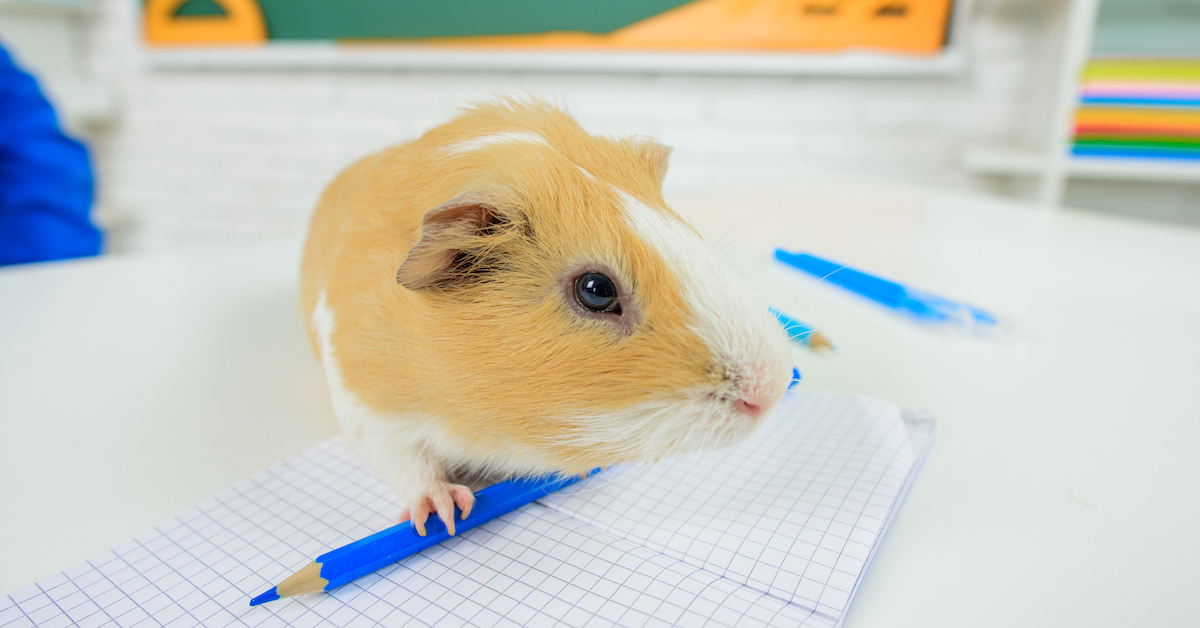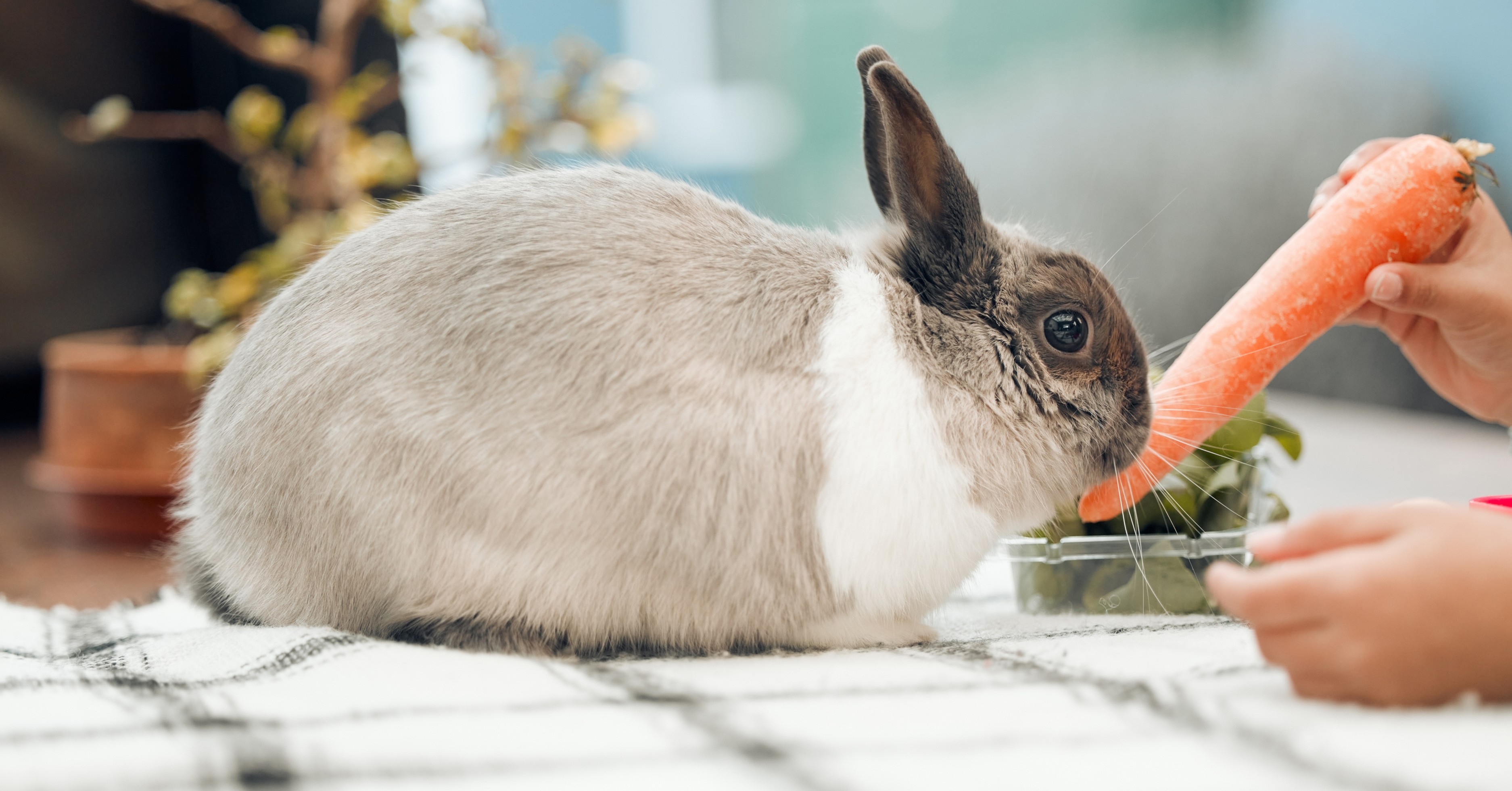Guide to Choosing and Caring for a Classroom Pet
Classroom pets can be great additions to classrooms but are a big responsibility.

Classroom pets can open up new learning opportunities for students of all ages. According to a collaborative study performed by the American Humane Association and Pet Care Trust, teachers reported that classroom pets improved student social interactions, class participation, and behavioral issues in the classroom. Keeping pets in the classroom also stimulates learning, teaches responsibility, and aids in the mental and emotional growth of students.
While the benefits of class pets are undeniable, choosing the right one for your classroom can be tricky. As living creatures, whichever animal you choose will require daily care and socialization. Some pets are more prone to stress than others, so consider what type of animal would do best in a busy classroom environment. Other aspects, such as cost, should also be taken into consideration before making a financial investment in a new pet and supplies.
Here we’ll review some of the most popular pets kept in classrooms and what factors to consider before making a decision.
Are Class Pets a Good Idea?
If you are considering keeping a pet in the classroom, you’re not alone. According to a survey conducted by the Pets in the Classroom grant program, over 50 percent of teachers use classroom pets nearly every day as part of their curriculum and 96 percent of respondents said that having a pet in the classroom has been a positive experience.
Classroom pets provide students with a fun source of hands-on learning. The upkeep and care of these animals teach students compassion and responsibility, as well as how to be respectful to living things. Pets have also been found to reduce stress and alleviate anxiety. A cuddly hamster or furry rabbit may be just what your students need to remain calm and relaxed when experiencing stress.
Pets in the classroom can also help students build self-esteem and empathy. According to research from Loyola Marymount University, children who care for pets understand that what they do makes a difference and will likely want to continue doing this positive behavior. Children who successfully handle, feed, and bond with pets often gain self-esteem and feel more confident.
Of course, pets are not appropriate for all classrooms. Some animals can act as distractions to students, especially children with attention disorders. Certain groups of students, such as those in early elementary grades, may not be mature enough to care for a class pet, putting the bulk of the responsibility on the teacher.
What are the Best Pets for the Classroom?
Need help choosing the best pet for your classroom? Here are some of the best choices:
Fish
Fish are considered one of the best classroom pets. They require minimal care and can be left unattended over the weekend with the proper setup for automatic feeding. There are no worries about allergies and maintenance is low. Fish tanks only need to be cleaned about once a week and fed once or twice a day, depending on the species and number of fish. In addition, fish require minimal supervision. As fish are not the type of pet that can be handled, teachers also don’t have to worry about injuries to the animal.
Hamsters
Hamsters are popular, low-maintenance pets that are cute, cuddly, and friendly. When handled regularly, they can be sweet and docile creatures that like to be held and petted. Children often like to watch hamsters burrow, stuff food into their cheeks, and run on their wheels. However, it’s important to remember that hamsters are nocturnal and spend much of the day sleeping. Regardless, teachers can use the habitat and other aspects of hamsters to create fun and interesting lesson plans.
Turtles
Turtles are interesting classroom pets that require little care and supervision. To care for a turtle, you’ll need a large aquarium and the ability to maintain an optimal temperature in the tank as turtles need to be kept warm. Keeping a turtle in the classroom can open up discussions on a wide range of topics, such as the differences between amphibians and reptiles. As turtles can carry salmonella, it’s important to not allow students to handle them.
Guinea Pigs
Guinea pigs are small mammals that make great classroom pets due to their minimal care requirements. As they are larger than gerbils and hamsters, guinea pigs can be handled more easily but do need more space to run and explore. Guinea pigs are also social animals and prefer to be in the company of another guinea pig of the same gender. They are social creatures and require daily activity and interaction to remain healthy and happy.
Hermit crabs, bearded dragons, rabbits, rats, leopard geckos, corn snakes, mice, and tarantulas can also be excellent pets for the classroom with proper care, handling, and socialization.
What are the Worst Pets for the Classroom?
While there are many excellent classroom pets, not all animals are suitable for class environments. Some creatures that should not be brought as pets into the classroom include:
- Chinchillas
- Hedgehogs
- Birds
- Ferrets
- Sugar gliders
- Large snakes
Many students and educators enjoy being greeted by friendly critters when entering the classroom. From tiny hamsters to colorful fish, each creature has its own unique look, characteristics, and behaviors that make them fascinating to watch and learn about.
Keeping a classroom pet allows students to learn responsibility, compassion, and how to properly care for a living animal. Students can learn to work together to recognize the needs of the pet and respond accordingly.
By carefully choosing a small critter, both students and teachers can reap the benefits of bringing a pet into the classroom.
Ready to start saving money on pet wellness care?
Then take a look at Mint Wellness, the pet wellness plan that provides fast reimbursement on routine pet care. Save on vaccinations, wellness exams, preventatives, dental, and more!
Learn More


